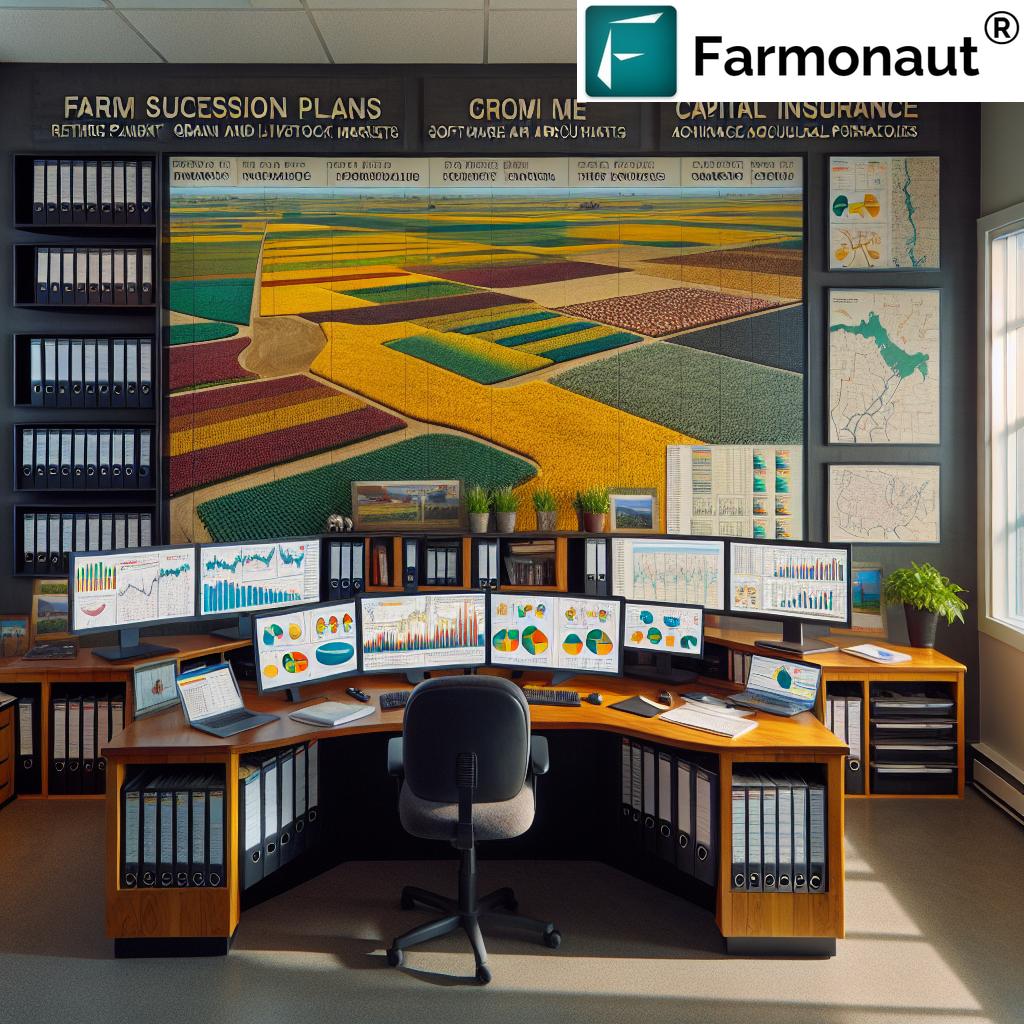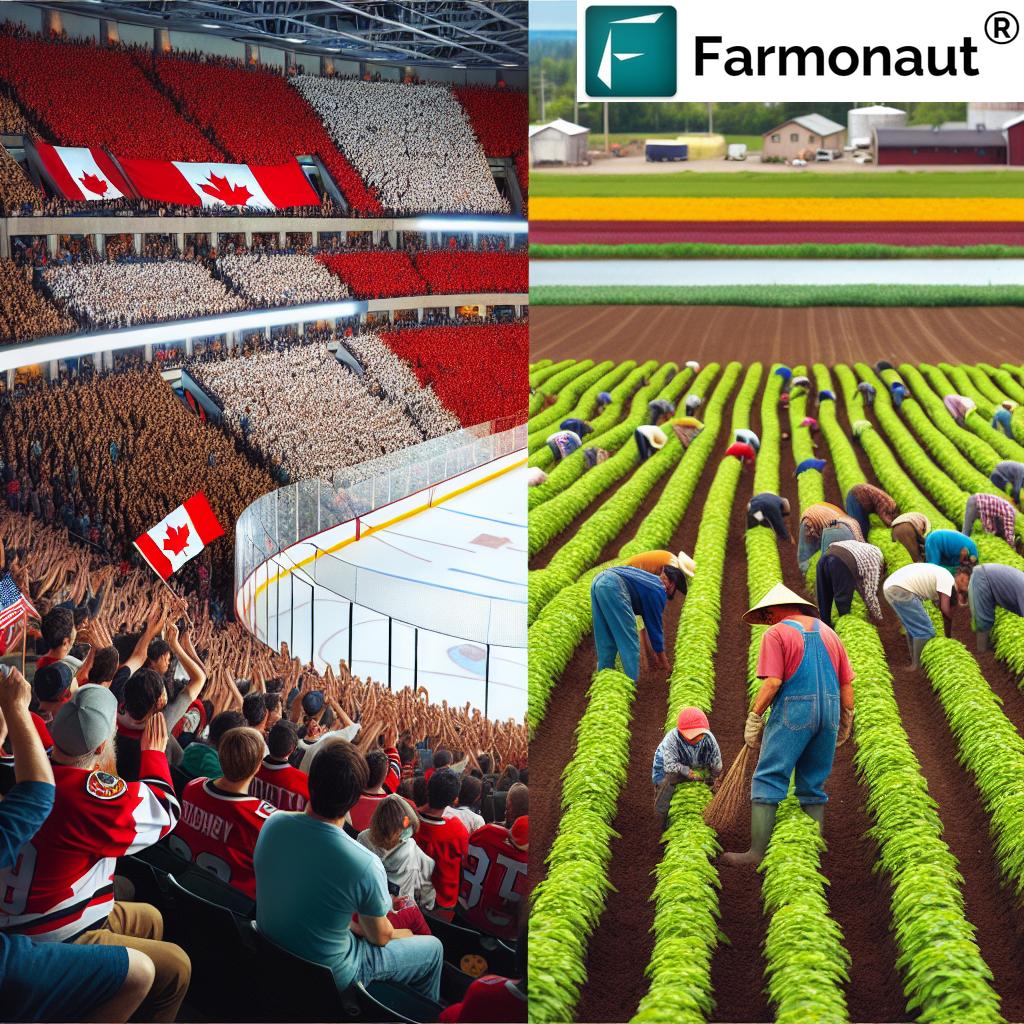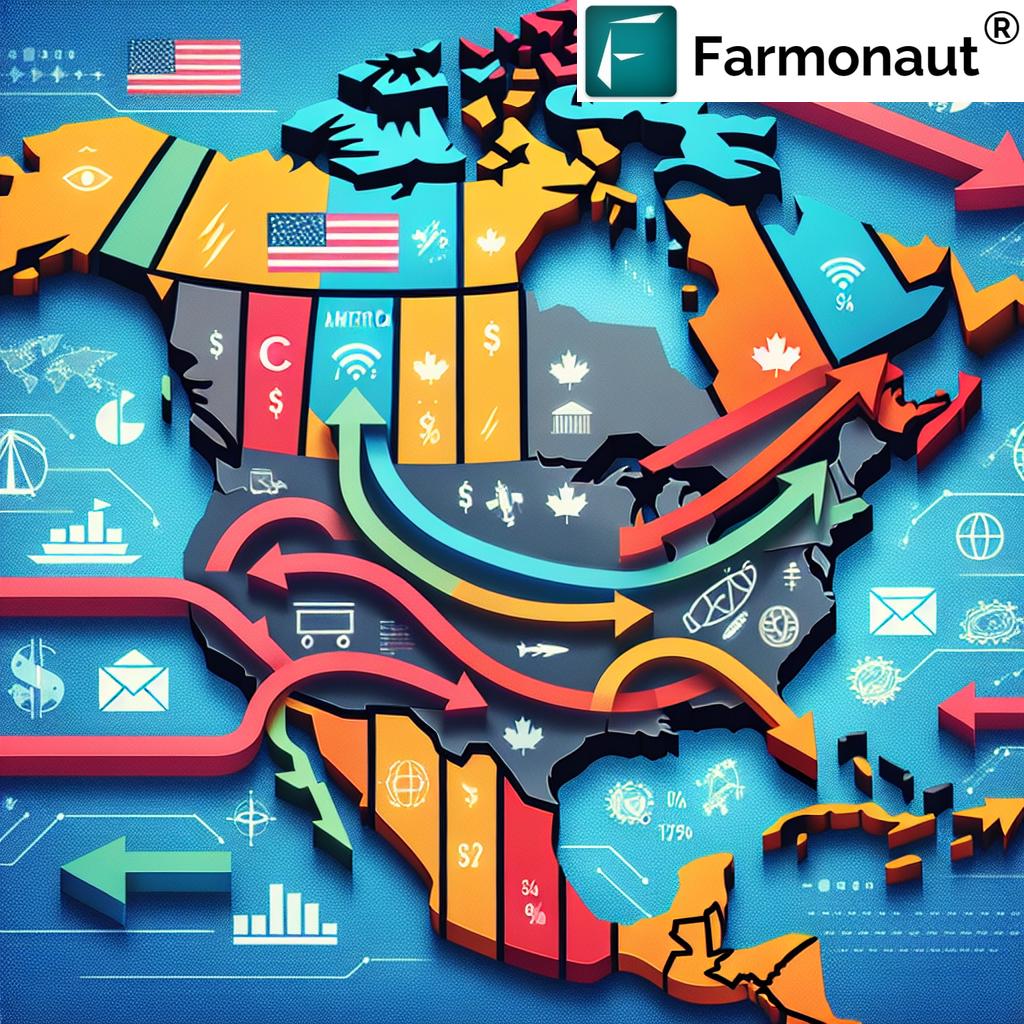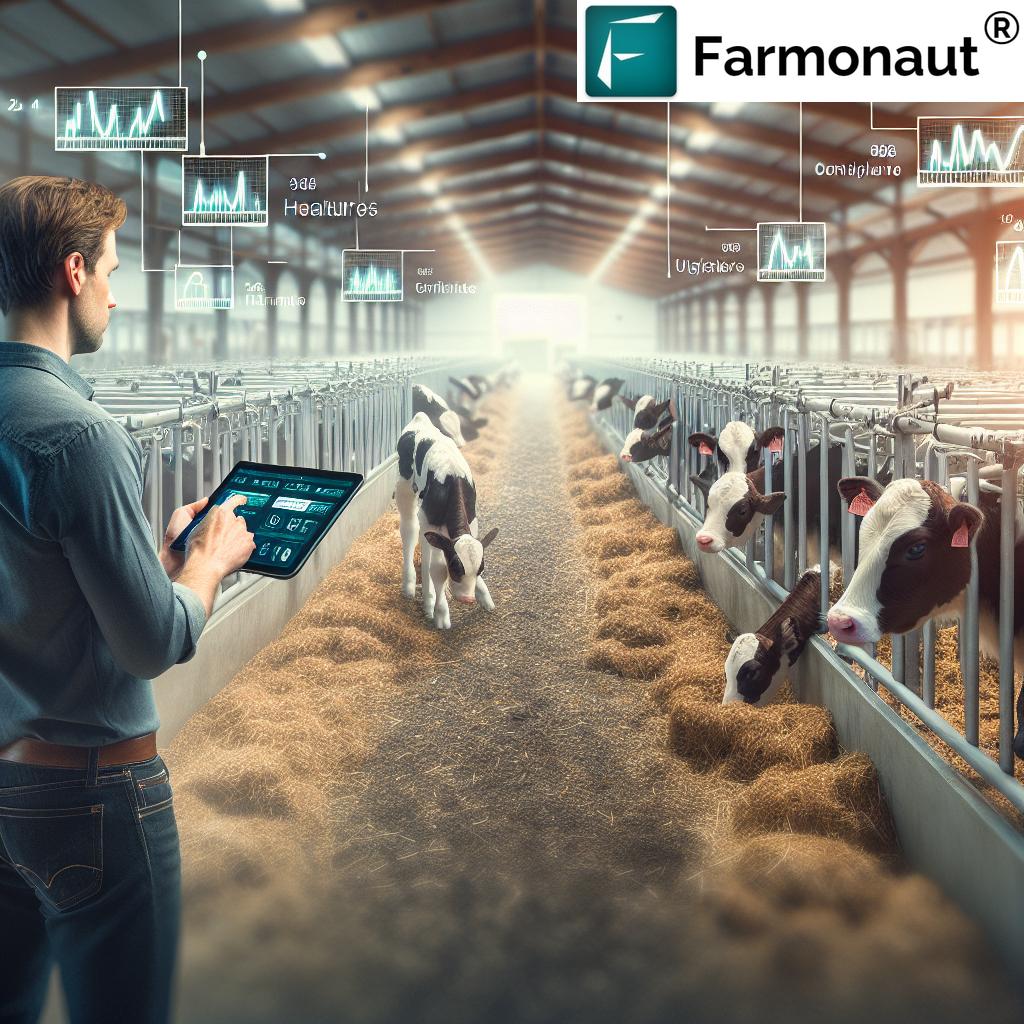Maximizing Farm Retirement: Smart Tax Strategies and Investment Planning for Manitoba Farmers
“Manitoba farmers can reduce their tax burden by up to 30% through strategic income splitting and asset sale timing.”

As we approach the topic of farm retirement planning, it’s crucial to understand the unique challenges and opportunities that Manitoba farmers face. In this comprehensive guide, we’ll explore smart tax strategies and investment planning techniques tailored specifically for those in the agricultural sector. Our goal is to help you maximize your farm retirement while navigating the complexities of agribusiness financial management.
The Importance of Strategic Farm Retirement Planning
Retirement planning for farmers is fundamentally different from traditional retirement strategies. As stewards of the land, farmers often have a significant portion of their wealth tied up in farmland, equipment, and livestock. This unique financial landscape requires a tailored approach to ensure a comfortable retirement without compromising the farm’s legacy.
We understand that for many Manitoba farmers, the farm isn’t just a business—it’s a way of life. That’s why our approach to farm retirement planning focuses on preserving the value of your agricultural assets while optimizing your income streams for the future.
Key Components of Effective Farm Retirement Planning
- Tax-efficient strategies for income and asset management
- Farmland investment considerations
- Diversification of agricultural income sources
- Succession planning for family farms
- Leveraging technology for increased farm value
Let’s delve deeper into each of these components to create a comprehensive retirement strategy for Manitoba farmers.
Tax-Efficient Strategies for Farm Retirement
One of the most critical aspects of farm retirement planning is managing your tax burden. By implementing smart tax strategies, you can significantly increase the amount of wealth you preserve for your retirement years.
Income Splitting: A Powerful Tool for Farmers
Income splitting is a strategy that can help reduce your overall tax liability by distributing income among family members who may be in lower tax brackets. For Manitoba farmers, this can be particularly effective when done through:
- Paying salaries to family members who work on the farm
- Creating a family farm partnership
- Utilizing spousal RRSPs
By strategically splitting income, you can potentially lower your family’s overall tax rate and preserve more of your hard-earned farm income for retirement.
Strategic Timing of Asset Sales
As retirement approaches, you may consider selling certain farm assets. The timing of these sales can have a significant impact on your tax liability. Consider the following strategies:
- Spread out large asset sales over multiple tax years to avoid pushing yourself into a higher tax bracket
- Take advantage of the lifetime capital gains exemption on qualified farm property
- Explore options for tax-deferred rollovers to the next generation
By carefully planning the sale of farm assets, you can minimize capital gains taxes and maximize the value you retain from your lifetime of farming.
Farmland Investment: A Cornerstone of Retirement Planning
For many Manitoba farmers, farmland represents their most valuable asset. As you approach retirement, it’s essential to have a strategy for managing this crucial investment.
Options for Farmland Management in Retirement
- Leasing: Renting out your farmland can provide a steady income stream without the physical demands of active farming.
- Partial Sale: Selling a portion of your land while retaining ownership of the rest can offer a balance between immediate capital and ongoing income.
- Conservation Easements: These can provide tax benefits while preserving the land for agricultural use.
Each of these options has its own tax implications and benefits. We recommend consulting with a financial advisor who specializes in agricultural investments to determine the best approach for your specific situation.
Diversifying Agricultural Income for a Stable Retirement
Relying solely on traditional crop or livestock sales can leave your retirement income vulnerable to market fluctuations. Diversifying your agricultural income can help create a more stable financial foundation for your retirement years.
Innovative Ways to Diversify Farm Income
- Value-Added Products: Processing your raw agricultural products into consumer goods can increase profits.
- Agritourism: Opening your farm to visitors for tours, events, or educational programs can create new revenue streams.
- Renewable Energy: Leasing land for wind or solar energy projects can provide long-term, stable income.
- Specialty Crops: Exploring niche markets for high-value crops can boost profitability.
By diversifying your income sources, you’re not only creating a more resilient retirement plan but also potentially increasing the overall value of your farm operation.
Farm Succession Planning: Preserving Your Legacy
For many Manitoba farmers, retirement isn’t just about personal financial security—it’s about ensuring the farm’s continuity for future generations. Effective succession planning is crucial for a smooth transition and can have significant tax implications.
Key Elements of Farm Succession Planning
- Identifying and training the next generation of farm operators
- Structuring the transfer of assets to minimize tax burden
- Establishing clear communication and expectations among family members
- Creating a timeline for gradual transfer of responsibilities and ownership
A well-executed succession plan can help you maintain a role in the farm’s operations while gradually reducing your workload and transitioning leadership to the next generation.
“Implementing precision agriculture techniques can increase farm value by 15-20% for retirement-age farmers in Manitoba.”
Leveraging Technology to Increase Farm Value
As you prepare for retirement, investing in precision agriculture technology can significantly boost your farm’s value and efficiency. This not only increases the potential sale price of your operation but can also make it more attractive to potential successors or renters.
Precision Agriculture Technologies to Consider
- GPS-guided equipment for improved accuracy and reduced input costs
- Soil sensors for optimized fertilizer and water use
- Drone technology for crop monitoring and management
- Data management systems for informed decision-making
Implementing these technologies can lead to increased yields, reduced costs, and improved sustainability—all factors that contribute to a higher farm value as you approach retirement.
At Farmonaut, we offer advanced satellite-based farm management solutions that can help you optimize your farm’s performance and increase its value. Our platform provides real-time crop health monitoring, AI-based advisory systems, and resource management tools, all accessible through our user-friendly mobile and web applications.
Try Farmonaut’s web app to see how precision agriculture can transform your farm’s productivity and value.

Investment Strategies for a Secure Retirement
While farm assets are a crucial part of your retirement portfolio, it’s also important to consider off-farm investments to diversify your wealth and create additional income streams.
Balancing Farm and Non-Farm Investments
- Registered Retirement Savings Plans (RRSPs): These offer tax-deferred growth and can be an excellent way to save for retirement.
- Tax-Free Savings Accounts (TFSAs): Provide tax-free growth and withdrawals, offering flexibility in retirement planning.
- Dividend-Paying Stocks: Can provide a steady income stream to supplement your farm-related income.
- Real Estate Investments: Consider residential or commercial properties as a way to diversify your real estate holdings beyond farmland.
Creating a balanced investment portfolio that includes both farm and non-farm assets can help protect your wealth from agricultural market volatility and provide a more stable retirement income.
Managing Market Risks in Retirement Planning
The agricultural sector is known for its volatility, with crop prices, weather conditions, and global markets all playing a role in a farm’s profitability. As you plan for retirement, it’s crucial to implement strategies that can help mitigate these risks.
Strategies for Managing Agricultural Market Risks
- Futures and Options: These financial instruments can help lock in prices for your crops or livestock, providing more predictable income.
- Crop Insurance: Protects against yield losses due to weather or other unforeseen circumstances.
- Diversified Crop Rotation: Planting a variety of crops can help spread risk and maintain soil health.
- Forward Contracts: Agreeing on prices with buyers in advance can provide income stability.
By implementing these risk management strategies, you can create a more stable financial foundation for your retirement years, even in the face of agricultural market uncertainties.
Sustainable Farming Practices and Their Impact on Retirement Planning
Adopting sustainable farming practices isn’t just good for the environment—it can also have a positive impact on your farm’s long-term value and your retirement planning.
Benefits of Sustainable Farming for Retirement
- Improved Soil Health: Enhances land value and productivity for future generations or potential buyers.
- Reduced Input Costs: Lower expenses mean more profit to save for retirement.
- Access to Niche Markets: Organic or sustainably-produced crops can command premium prices.
- Eligibility for Government Programs: Some sustainable practices may qualify for additional subsidies or tax benefits.
Implementing sustainable practices can increase your farm’s resilience and profitability, contributing to a more secure retirement plan.
At Farmonaut, we support sustainable farming practices through our advanced satellite monitoring and AI-driven advisory systems. Our technology helps farmers optimize resource use, reduce waste, and improve overall farm efficiency.
Explore how Farmonaut’s API can integrate sustainable farming practices into your operation.

Tax Management for Retirement Income
As you transition into retirement, managing your tax liability becomes even more critical. Proper tax planning can help you maximize your retirement income and preserve your wealth for future generations.
Tax-Efficient Retirement Income Strategies
- Strategic RRSP Withdrawals: Plan your withdrawals to minimize tax impact and avoid Old Age Security clawbacks.
- Pension Income Splitting: Share eligible pension income with your spouse to reduce overall tax burden.
- Tax-Free Savings Account (TFSA) Utilization: Prioritize TFSA withdrawals for tax-free income in retirement.
- Charitable Giving: Donate appreciated securities to receive tax credits and avoid capital gains taxes.
By carefully managing your income sources and utilizing available tax strategies, you can significantly reduce your tax liability in retirement.
Navigating Government Programs and Retirement Plans
Manitoba farmers have access to various government programs and retirement plans that can complement their personal retirement strategies. Understanding and leveraging these options can significantly enhance your retirement security.
Key Government Programs for Retiring Farmers
- Canada Pension Plan (CPP): Understand how your farming income contributes to your CPP benefits.
- Old Age Security (OAS): Be aware of income thresholds that may affect your OAS payments.
- AgriInvest: This program allows farmers to set aside money in a savings account with matching government contributions.
- Canadian Agricultural Partnership: Explore programs that support farm improvements and innovation, potentially increasing your farm’s value before retirement.
Familiarize yourself with these programs and consult with a financial advisor to determine how best to incorporate them into your retirement plan.
Farm Equipment Management in Retirement Planning
Farm equipment represents a significant investment and can play a crucial role in your retirement strategy. As you approach retirement, consider how to best manage these assets to support your financial goals.
Strategies for Farm Equipment in Retirement
- Equipment Leasing: Consider leasing out your equipment to generate additional income.
- Gradual Sell-Off: Plan a strategic sell-off of equipment to supplement your retirement income.
- Upgrade Before Retirement: Investing in new equipment can increase farm efficiency and value before transitioning to retirement.
- Custom Farming: Offer custom farming services using your equipment to create a new income stream.
Effective management of your farm equipment can provide additional financial flexibility as you transition into retirement.
Investments for a Secure Retirement
While farm assets form the core of many farmers’ retirement plans, diversifying into other investments can provide additional security and income streams.
Investment Options for Retiring Farmers
- Bonds: Provide stable, fixed-income returns with lower risk.
- Mutual Funds: Offer diversification and professional management.
- Exchange-Traded Funds (ETFs): Provide exposure to a range of assets with lower fees.
- Annuities: Can provide guaranteed income for life, which may be attractive for some retirees.
Creating a diversified investment portfolio can help balance the unique risks associated with farm-based assets and provide a more stable retirement income.
Leveraging Technology for Retirement Planning
In today’s digital age, technology can play a crucial role in retirement planning and farm management. Embracing these tools can help you make more informed decisions and potentially increase your farm’s value as you approach retirement.
Technological Tools for Retirement Planning
- Farm Management Software: Helps track expenses, income, and productivity to inform retirement planning decisions.
- Retirement Calculators: Online tools that can help project retirement income needs based on your specific situation.
- Satellite Imaging and AI: Advanced technologies like those offered by Farmonaut can optimize farm operations and increase overall value.
- Online Investment Platforms: Provide easy access to diverse investment options and portfolio management tools.
At Farmonaut, we’re committed to providing farmers with cutting-edge technology to enhance their operations and support their long-term goals, including retirement planning.
Discover how Farmonaut’s technology can optimize your farm operations. Download our app for Android or iOS today.


Farm Retirement Planning Strategies Comparison
| Strategy Name | Tax Benefits | Investment Potential | Risk Level | Implementation Complexity | Estimated Annual Returns (%) |
|---|---|---|---|---|---|
| Income Splitting | High | Medium | Low | Medium | 5-10% |
| Strategic Asset Sales | High | High | Medium | High | 10-15% |
| Government Retirement Plans | Medium | Low | Low | Low | 2-5% |
| Farmland Leasing | Medium | Medium | Low | Medium | 3-7% |
| Precision Agriculture Investments | Low | High | Medium | High | 8-12% |
| Crop Diversification | Low | Medium | Medium | Medium | 6-10% |
Conclusion: Crafting Your Personalized Farm Retirement Plan
As we’ve explored throughout this guide, retirement planning for Manitoba farmers involves a complex interplay of tax strategies, investment decisions, and farm management practices. By taking a holistic approach that considers both on-farm and off-farm assets, you can create a retirement plan that not only provides financial security but also preserves your farming legacy.
Remember, every farm and every farmer’s situation is unique. While the strategies we’ve discussed provide a solid foundation, it’s crucial to consult with financial advisors, tax professionals, and agricultural specialists to tailor a plan that fits your specific needs and goals.
At Farmonaut, we’re committed to supporting farmers throughout their careers, including the critical retirement planning phase. Our advanced satellite-based farm management solutions can help you optimize your operations, potentially increasing your farm’s value and productivity as you approach retirement.
By combining smart tax planning, diverse investments, sustainable farming practices, and cutting-edge technology, you can maximize your farm retirement and look forward to a secure and fulfilling future.
Frequently Asked Questions
- Q: When should I start planning for my farm retirement?
A: It’s never too early to start planning for retirement. Ideally, you should begin considering your retirement strategy at least 10-15 years before your intended retirement date. This gives you ample time to implement long-term strategies and make necessary adjustments to your farm operations. - Q: How can I determine the value of my farm for retirement planning purposes?
A: Determining your farm’s value typically involves assessing multiple factors, including land value, equipment worth, and operational profitability. It’s recommended to work with a professional agricultural appraiser or a farm business consultant to get an accurate valuation. - Q: What are the tax implications of selling my farm at retirement?
A: Selling a farm can have significant tax implications, including capital gains tax. However, there are several tax strategies available, such as the lifetime capital gains exemption for qualified farm property. It’s crucial to consult with a tax professional familiar with agricultural businesses to understand and plan for these implications. - Q: How can I ensure my farm remains viable for the next generation?
A: Ensuring farm viability for the next generation involves careful succession planning, which may include gradual transfer of management responsibilities, implementing sustainable farming practices, and potentially diversifying farm operations. It’s also important to have open communication with family members about the farm’s future. - Q: Are there specific retirement savings plans for farmers in Manitoba?
A: While there aren’t retirement savings plans exclusively for farmers, programs like AgriInvest can help farmers save for retirement. Additionally, farmers can take advantage of general retirement savings vehicles like RRSPs and TFSAs, which offer tax advantages.













